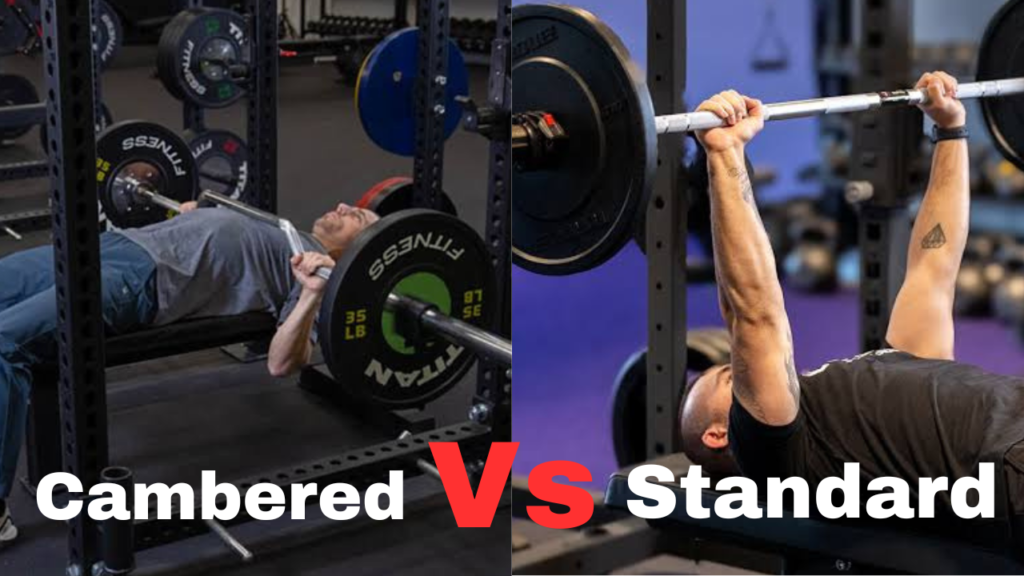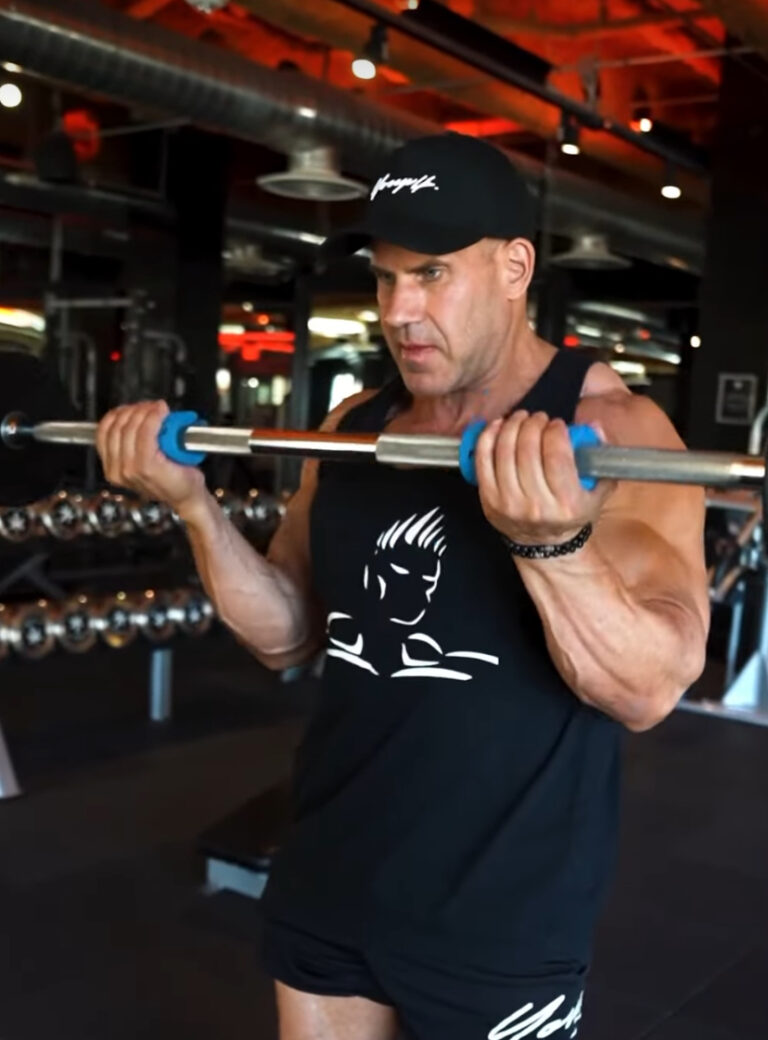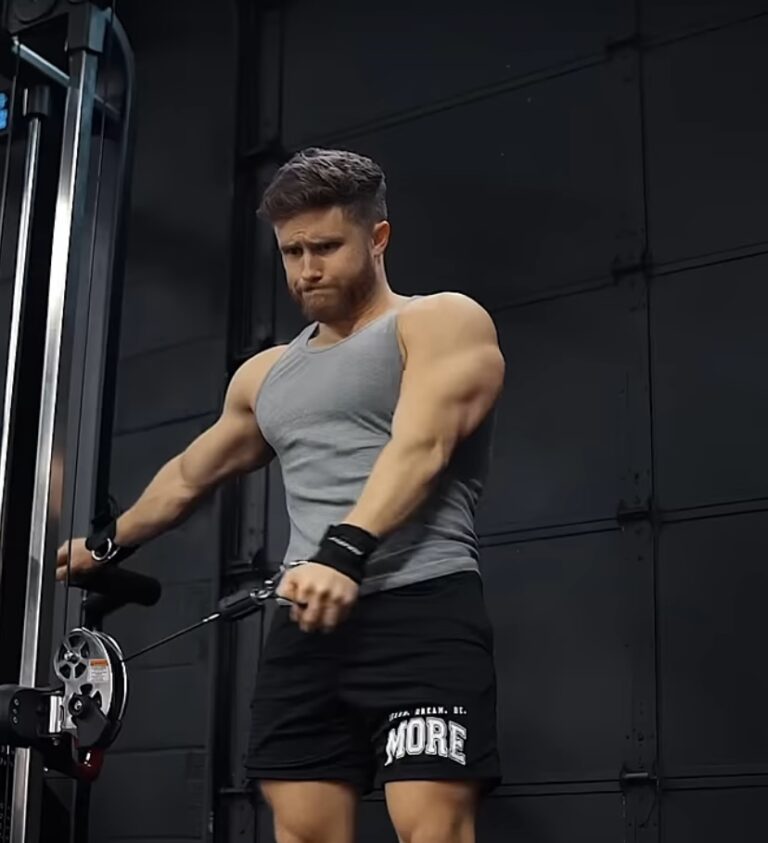Cambered vs. Standard Bar: Which Is Better for You?

When it comes to lifting, the type of barbell you use can significantly impact your performance and results. Two popular choices among lifters are the cambered bar and the standard bar. Each has unique features and benefits, but which one is better for you? Let’s dive into the details and find out.
Understanding the Standard Bar
The standard barbell is a staple in gyms worldwide. It is straight and typically used for a variety of exercises, including bench presses, squats, deadlifts, and rows. Here are some key features of the standard bar:
- Straight Design: Provides a consistent path of motion, ideal for exercises requiring stability and balance.
- Versatility: Suitable for multiple lifts and exercises.
- Accessibility: Commonly available in most gyms.
Introducing the Cambered Bar
The cambered bar, in contrast, features a curved design that changes the bar path during lifts. This unique shape offers several advantages, especially for bench presses, squats, and rows. Key features of the cambered bar include:
- Curved Design: Allows for a greater range of motion, enhancing muscle activation and engagement.
- Reduced Shoulder Stress: Can lessen the strain on shoulders during bench presses, beneficial for lifters with shoulder issues.
- Improved Stability: Challenges stability, improving overall muscle coordination and strength.
Bench Press Performance: Cambered Bar vs. Standard Bar
A study published in the Journal of Strength and Conditioning Research compared the effects of using a cambered bar versus a standard bar during the bench press exercise. The study found that using a cambered bar resulted in greater muscle activation in the chest and triceps compared to the standard bar. The increased range of motion and altered bar path provided by the cambered bar were key factors in these findings .
Key Findings from the Study
- Increased Range of Motion: The cambered bar allows for a deeper stretch at the bottom of the lift, leading to greater muscle activation and hypertrophy.
- Enhanced Muscle Engagement: The study showed that the cambered bar increases muscle activation in the chest and triceps, making it an effective tool for building upper body strength.
- Reduced Shoulder Stress: The cambered bar can reduce shoulder stress, making it a safer option for lifters with shoulder issues.
Benefits of the Cambered Bar for Different Exercises
Squats
- Deeper Range of Motion: The cambered bar allows for a greater range of motion in squats, enhancing muscle activation in the legs and glutes.
- Improved Stability: The curve of the bar challenges your balance, leading to improved overall stability and core strength.
Rows
- Enhanced Back Engagement: The cambered design allows for a greater stretch and contraction in the back muscles, leading to better muscle engagement and growth.
- Reduced Joint Stress: The cambered bar can reduce stress on the joints, making it a more comfortable option for rowing exercises.
Bench Press
- Greater Chest Activation: The increased range of motion allows for a deeper stretch in the chest, leading to greater muscle activation and hypertrophy.
- Reduced Shoulder Pain: The cambered design can alleviate shoulder pain, making it a safer option for bench presses.
Personal Recommendation
If budget constraints prevent you from purchasing a cambered bar, consider speaking with your gym owner about investing in one. Sharing this article with them can help highlight the numerous benefits of the cambered bar, not only for bench presses but also for squats and rows. The cambered bar is an invaluable tool that can enhance workout efficiency, reduce injury risk, and promote muscle growth.
Conclusion
Both the cambered bar and the standard bar have unique advantages. While the standard bar is versatile and accessible, the cambered bar offers enhanced muscle activation, reduced shoulder stress, and improved stability. Incorporating a cambered bar into your workout routine can lead to significant gains in muscle strength and size. If budget constraints are a concern, consider discussing the benefits with your gym owner to potentially bring this fantastic piece of equipment to your gym.
Q&A Section
Q: What’s the main difference between a cambered bar and a standard bar?
A: The cambered bar has a curved design that allows for a greater range of motion and reduces shoulder stress, while the standard bar is straight and versatile for various lifts.
Q: Which bar is better for bench presses?
A: The cambered bar can be better for bench presses as it enhances muscle activation and reduces shoulder stress. However, if you’re comfortable with the standard bar, it’s also effective.
Q: Can a cambered bar be used for other exercises?
A: Yes, the cambered bar is useful for exercises like squats and rows. It helps with a greater range of motion and improved muscle engagement.
Q: Is a cambered bar suitable for beginners?
A: Beginners can use a cambered bar, but it’s helpful to start with a standard bar to master basic form before progressing.
Q: Why might a cambered bar be better for squats?
A: It allows for a deeper range of motion and improves balance, which can enhance leg and glute activation.
Q: How can I suggest a cambered bar to my gym?
A: Share the benefits outlined in this article with your gym owner, focusing on how it can improve workout efficiency and safety.
Q: What if I don’t have a cambered bar?
A: You can still get great results with a standard bar. Focus on form and progressive overload to continue making progress.
Embrace the benefits of the cambered bar and take your lifts to the next level!
Reference:
- “Comparison of Muscle Activation During Bench Press Using a Cambered Barbell Versus a Standard Barbell.” Journal of Strength and Conditioning Research. Link to Study



One Comment